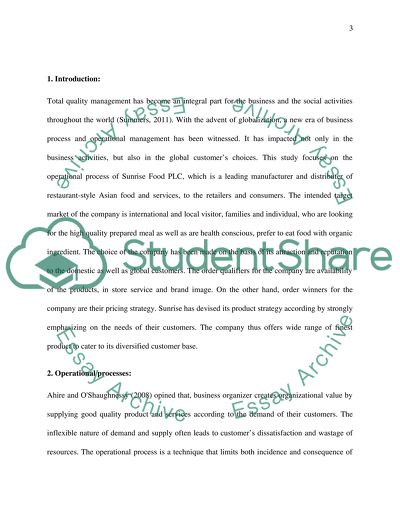Cite this document
(“Quality in Customer Focussed Operations 232 Essay”, n.d.)
Quality in Customer Focussed Operations 232 Essay. Retrieved from https://studentshare.org/marketing/1662283-quality-in-customer-focussed-operations-232
Quality in Customer Focussed Operations 232 Essay. Retrieved from https://studentshare.org/marketing/1662283-quality-in-customer-focussed-operations-232
(Quality in Customer Focussed Operations 232 Essay)
Quality in Customer Focussed Operations 232 Essay. https://studentshare.org/marketing/1662283-quality-in-customer-focussed-operations-232.
Quality in Customer Focussed Operations 232 Essay. https://studentshare.org/marketing/1662283-quality-in-customer-focussed-operations-232.
“Quality in Customer Focussed Operations 232 Essay”, n.d. https://studentshare.org/marketing/1662283-quality-in-customer-focussed-operations-232.


